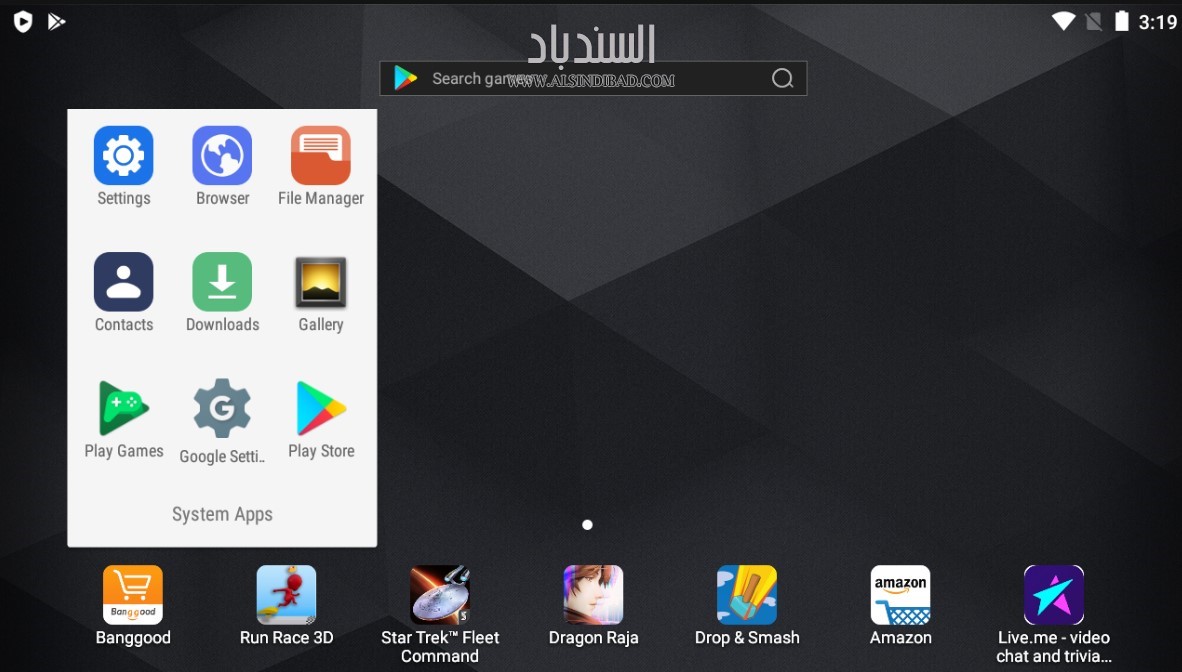

Then find the ADB debugging, set it to Open local connection.

If you’re using LDPlayer, you also need to change the option for Root access to Apps and ADB.įor the latest version of LDPlayer, you can enable ADB by going to Settings > Other Settings. Look for USB debugging option from the list and enable it. Our next step is to enable the USB debugging, you can do this by going to Settings > Developer Options. Once activated, it will show an message saying “You are now a developer!”. Tap it 7 times to enable the Developer Options. Then scroll down to the bottom of the page and look for the Build number. To do that, Go to Settings > About Tablet. This will allow us to access the Android Debug Bridge (adb). To start, we need to enable the Developer Options from your emulator. The steps are easy and readily available in your emulator packages, so our step-by-step process is a no brainer for everyone. This is by uninstalling those apps using Google’s SDK Android Debug Bridge or adb. We tried to find ways to remove it and luckily, we found a way to do it and we’ll share it here in this guide.

Popular android emulators that are built for gaming like Nox Player and LDPlayer gives faster performance but due to its bloatware, it makes laggy for some PC owners specially to those who have low specs. Looking for an alternative emulator that has less bloatware is difficult to find, if you happen to find one – you suffer from low performance in terms of games because these emulators are built for applications only. Bloatware apps are one of the main problems of most android emulator today.


 0 kommentar(er)
0 kommentar(er)
